Professora Titular em Bioenergética na Universidade Federal do ABC-UFABC.Orientadora de Mestrado e Doutorado credenciada no Curso de Nanociências e Materiais Avançados e Biossistemas da UFABC e no Curso de Biologia Molecular da Universidade Federal de São Paulo-UNIFESP. Possui graduação em Licenciatura em Ciências Biológicas pela Universidade de Taubaté (1989), graduação em Odontologia pela Universidade de Taubaté (1984), doutorado em Ciências (Bioquímica) pela Depto de Bioquímica do Instituto de Química da USP de São Paulo (1995) e Livre Docência pelo Departamento de Bioquímica do Instituto de Química da USP de São Paulo. Tem experiência na área de Biofísica, com ênfase em Fotobioquímica no Escuro, atuando principalmente nos seguintes temas:estrutura e função de hemoproteínas, nanotecnologia, radicais livres, oxigênio singlete, espécies excitadas tripletes, bioenergética mitocondrial. Trabalha com as técnicas de espectroscopia UV-visivel, dicroismo circular, EPR, citometria de fluxo e microscopia de força atômica.






